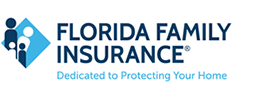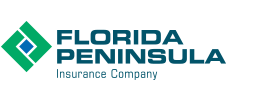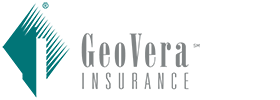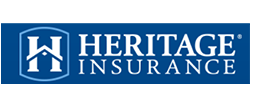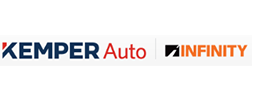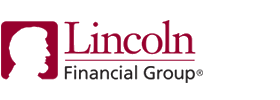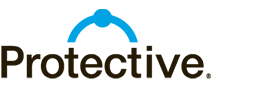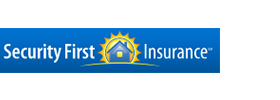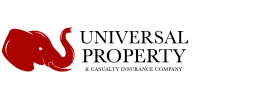Life can get busy when your family splits their time between homes. Spending winters in Jacksonville, FL, and summers up north can put some strain on your life. But it’s not just the moving between homes; it’s the hidden liability traps that are often overlooked. That’s where umbrella insurance from 925 Partners jumps in, providing year-round protection that travels with you.
How Snowbird Life Creates Extra Risks
Owning multiple homes is great, but it also means more opportunities for unexpected accidents. A slip on an icy walkway up north, or a boating mishap back in Jacksonville, FL, could easily eat up the limits of your standard homeowners or auto policy. Umbrella insurance is designed to cover these hidden gaps. It extends your protection to include legal costs and damages that are often excluded from your standard policies. This ensures that one incident doesn’t end your financial well-being or stability.
What Your Umbrella Policy Should Cover
Before you think about umbrella coverage, you need to understand which gaps your current insurance has. Our experts at 925 Partners understand the challenges that come with a seasonal lifestyle and will guide you to a solution that fits your lifestyle:
- Injuries or property damage that you or your family members cause, anywhere in the U.S.
- Accidents involving rental cars, boats, or even vacation homes
- Liability risks tied to short-term rentals or guests
And the best part? This broader coverage keeps you protected across state lines, no matter where you spend the season.
Protect Your Lifestyle, Not Just Your Assets
Your snowbird routine is supposed to bring you freedom, not financial worries. Adding umbrella insurance through 925 partners will give you the peace of mind to enjoy every home, trip and sunny adventure without having to wonder about what-ifs.
Contact 925 Partners, serving Jacksonville, FL, to learn how umbrella insurance can keep your year-round adventures worry-free.
























